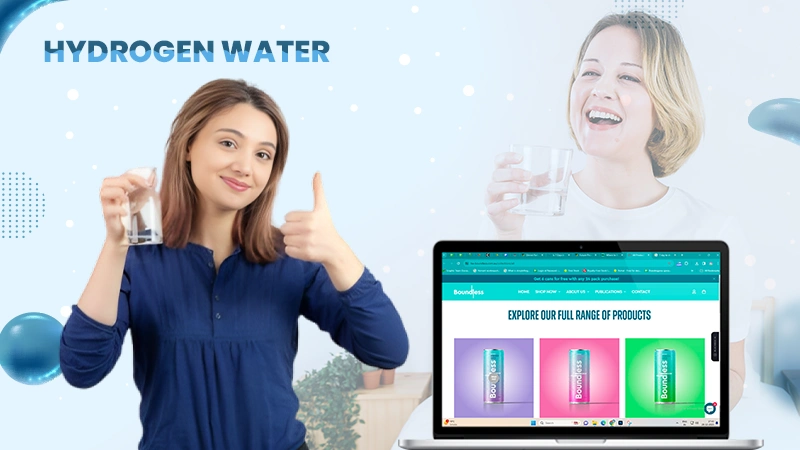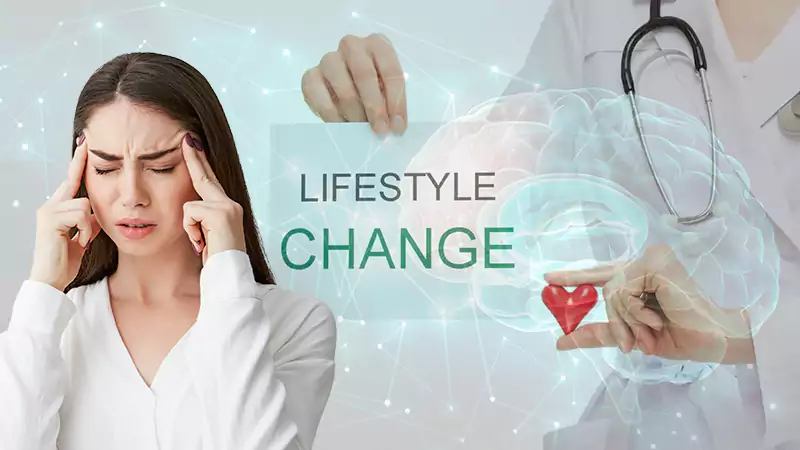What Is a Stroke? And How Do You Know You Are Having One?
A stroke is widely known and is a deadly disease. A stroke occurs when there is a broken or a ruptured blood vessel and there is internal bleeding or there are blockages that prevent blood and thereby oxygen from reaching the brain. This insufficient supply of oxygen and blood to the brain leads to damaged brain cells.
The brain cells once damaged or dead cannot be produced in the body like other cells of the body. It is important to treat a disease in time before it causes deadly damage. Before treating it is important to recognize the symptoms of a stroke.
Symptoms
As the supply of oxygen reduces, the brain cells controlling a particular part of the body get damaged. And hence, we tend to recognize the symptoms by recognizing the local effects of the damaged brain cells.
If early signs are recognized on time then instant care can avoid further damage to the brain. The best thing to do would be to rush to the nearest best neurology hospital in Bangalore and get admitted. Some common early signs of stroke include;
- Numbness in arms, legs, and face
- Losing control over half of the body
- Trouble speaking
- Confusion
- Slurring speech
- Vision problems
- Trouble walking
- Loss of balance
- Dizziness
- Severe headache
- Paralysis
If you experience signs of stroke in yourself or someone you know it is important you take prompt action and get to the closest doctor immediately. Failing to do so can permanently damage the brain. It is important to go to the top neurology hospital in Bangalore for diseases like stroke.
Types of stroke
Strokes fall into three categories;
- Transient Ischemic Attack
- Ischemic Stroke
- Hemorrhagic stroke
These are further divided into;
- Embolic stroke
- Thrombotic stroke
- Intracerebral stroke
- Subarachnoid stroke
Let us look at each in more details;
- Transient Ischemic Attack (TIA)
A TIA or transient Ischemic attack is like a mini-stroke. When the blood flow to the brain is blocked temporarily it hampers the body functions and appears as a stroke. The symptoms of Transient Ischemic Attack (TIA) usually resemble a stroke but disappear after a few hours.
- Ischemic Stroke
In this type of stroke, the blood vessels supplying the blood to the brain get blocked. These can be caused due to blood clotting, reduced flow, or plaque formation that reduces the diameter of the blood vessels. Two types of ischemic strokes are Thrombotic stroke and embolic stroke.
- Embolic Stroke
An embolic stroke occurs when a blood clot is formed in the other part of the body due to reasons like varicose veins or an injury. When these blood clots travel from that part of the body to the brain and get stuck in the brain’s main supply artery it stops the flow of the blood.
The most common way to recognize embolic stroke is that it is followed by Atrial Fibrillation or irregular heartbeats.
- Hemorrhagic Stroke
Hemorrhage means excessive bleeding. When an artery or a vein inside the brain is damaged or broken it bleeds inside. This causes swelling in the brain. This creates excess pressure and damages the tissues and cells of the brain.
There are two types of Hemorrhagic stroke; intracerebral and subarachnoid stroke. In an intracerebral stroke the tissues surrounding the brain break and fill with blood and cause swelling.
In a rare form of stroke i.e. subarachnoid hemorrhagic stroke, bleeding occurs in the area between the brain and the tissues that cover it. Now that we know how to recognize a stroke, and its causes let us look at ways we can avoid stroke by simple lifestyle changes.
Risk Factors for Stroke
Some diseases are triggered by lifestyle. Your food habits, your sleeping habits, and your level of activity affect your health. Many of these activities make you more susceptible to stroke. Some of these risk factors include;
- Diet: An unhealthy diet increases your risk of stroke. A diet that is high on salt, saturated fats, and cholesterol increases your risk of stroke
- Lack of exercise: Lack of exercise and a high level of inactivity can increase your risk of stroke. Regular exercise for a minimum of one hour per day can reduce your risk of stroke and help your body remain healthy.
- Consumption of Alcohol: Alcohol consumption can hamper the functions of your brain, heart, and stomach Alcohol consumption can affect the levels of cholesterol and triglycerides in your body. By limiting the amount of alcohol consumption you can help keep your body healthy.
- History: You might be at higher risk also because of certain factors that you cannot control. If you have a family history your chances of stroke might increase. Although you are at a risk, you can decrease the risk by maintaining a healthy lifestyle.
Follow Us
Latest Post
















